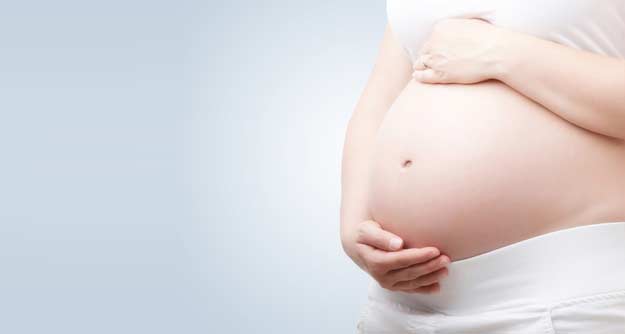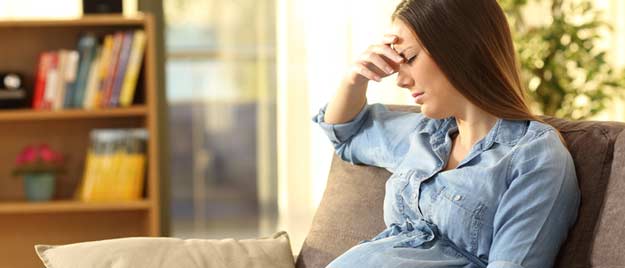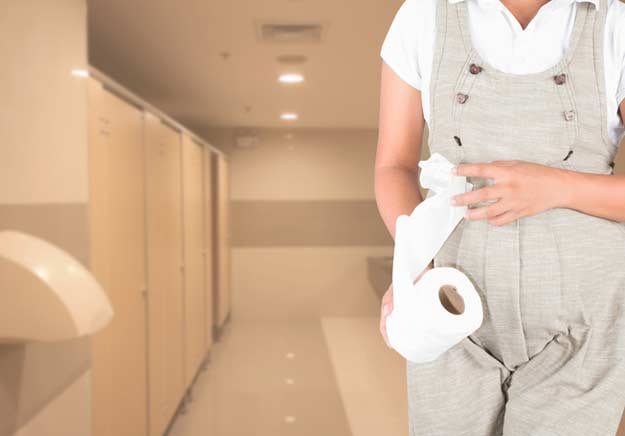
Swollen veins in the rectum, known as hemorrhoids, are a fairly common occurrence during pregnancy.
Also referred to as piles, these painful irritations typically develop during the third trimester. Expectant mothers may have internal hemorrhoids found on the inside of the rectum. External piles are ones located just under the skin around the anus. Thrombosed hemorrhoids form when blood from external hemorrhoids pools or clots.
Fortunately, it's a manageable, and often temporary, problem.
Causes and Contributing Factors
Caused by strained bowel movements, hemorrhoids related to pregnancy may also be affected by increased pressure on rectal or anal veins because of biological changes in the pelvic area. When constipation combines with added pressure in the area between the anus and vulva (perineum) and rectum, discomfort from the resulting inflammation tends to be more noticeable. Standing for long periods of time can also be a contributing factor. It's estimated that nearly half of all pregnant women will have issues with constipation at some point, explaining why hemorrhoids are often associated with pregnancy.


Signs and Symptoms of Hemorrhoids During Pregnancy
General pain or discomfort in the anal area, especially when sitting, is one of the most noticeable signs associated with hemorrhoids during pregnancy. Additional signs include bleeding during bowel movements and anal itching or irritation. There may also be visual swelling or sensitive lumps in the anal area.
Making a Diagnosis
In some instances, hemorrhoids may be detected and diagnosed during normal exams. If the problem is serious, patients might be referred to a hemorrhoid doctor for further evaluation. Externally inflamed anal veins may be detected with a visual inspection. If internal piles are suspected, a digital rectal exam may be done to feel for any unusual growths in the anal area. An anoscope or similar type of scope is sometimes used to view the affected area.
Treating Pregnancy-Related Hemorrhoids
If hemorrhoids weren't an issue prior to pregnancy, irritation in the anal area will usually clear up shortly after childbirth. In the meantime, there are remedies that may help improve comfort and reduce inflammation. Baking soda applied directly to the affected area can relieve itching. Some women experience relief from periodic soaks in a warm bath or a sitz bath. This should be done about two or three times a day for 10-15 minutes.
Witch hazel is a home remedy that sometimes helps reduce bleeding and ease swelling because of the tannins and oils in this compound. It's applied with a cotton ball a few times each day. Relief may also be experienced with treatments that include:
- The use of medicated pads
- Making an effort to avoiding sitting in the same position for long periods of time
- Using moist towelettes instead of dry toilet paper
- Applying cold compresses or ice to the affected area
- Taking oral pain relievers
In some cases, further treatment may be needed in the form of hemorrhoid banding, hemorrhoidectomy, or other state-of-the-art minimally invasive procedures.
The most effective way to minimize the risk of developing hemorrhoids during pregnancy is to take steps to keep from being constipated. This includes drinking more water, incorporating high-fiber foods and more vegetables and fruits into your diet, and not ignoring urges to use the bathroom.

